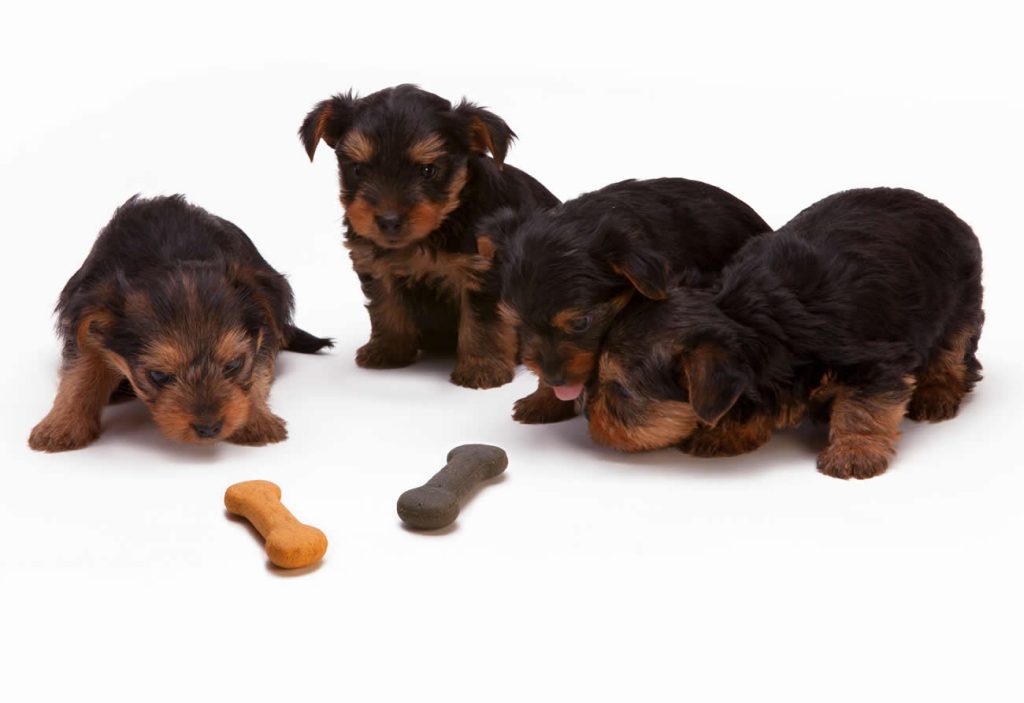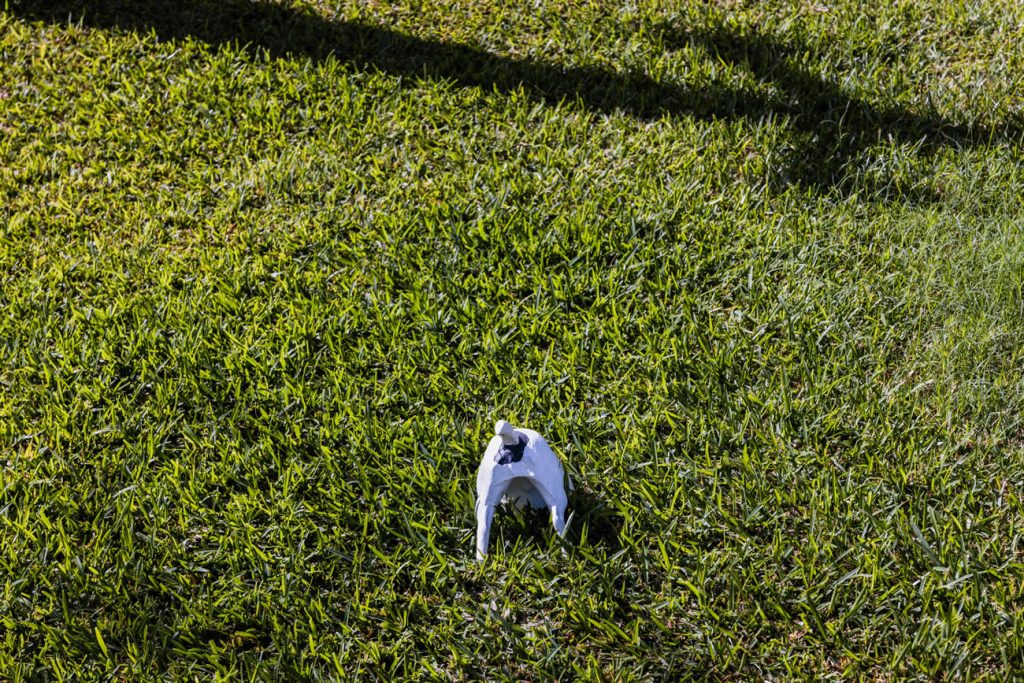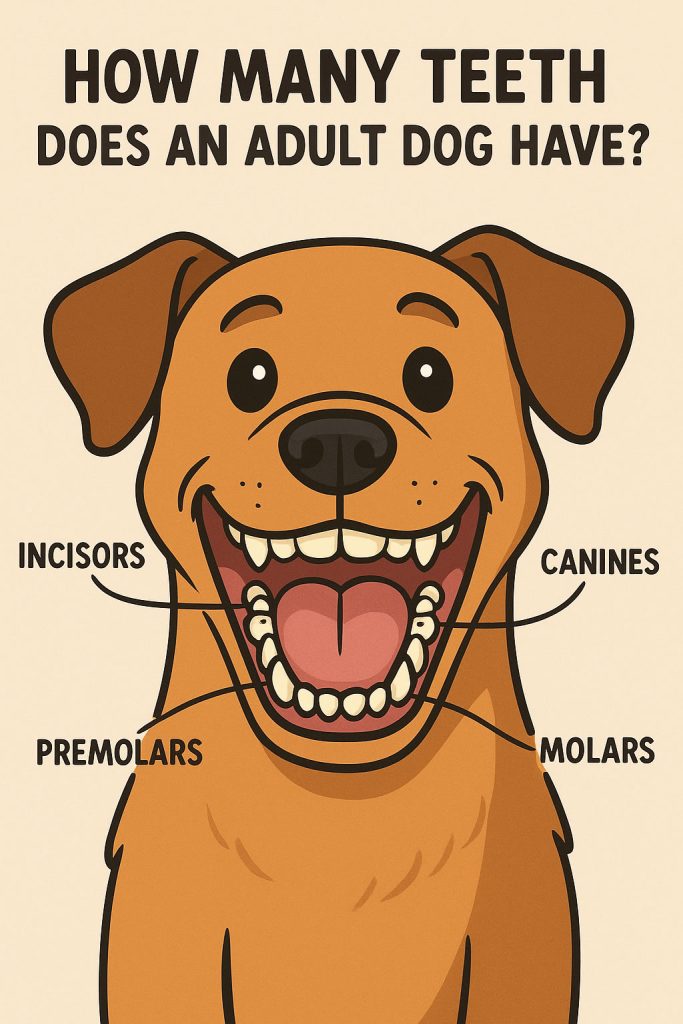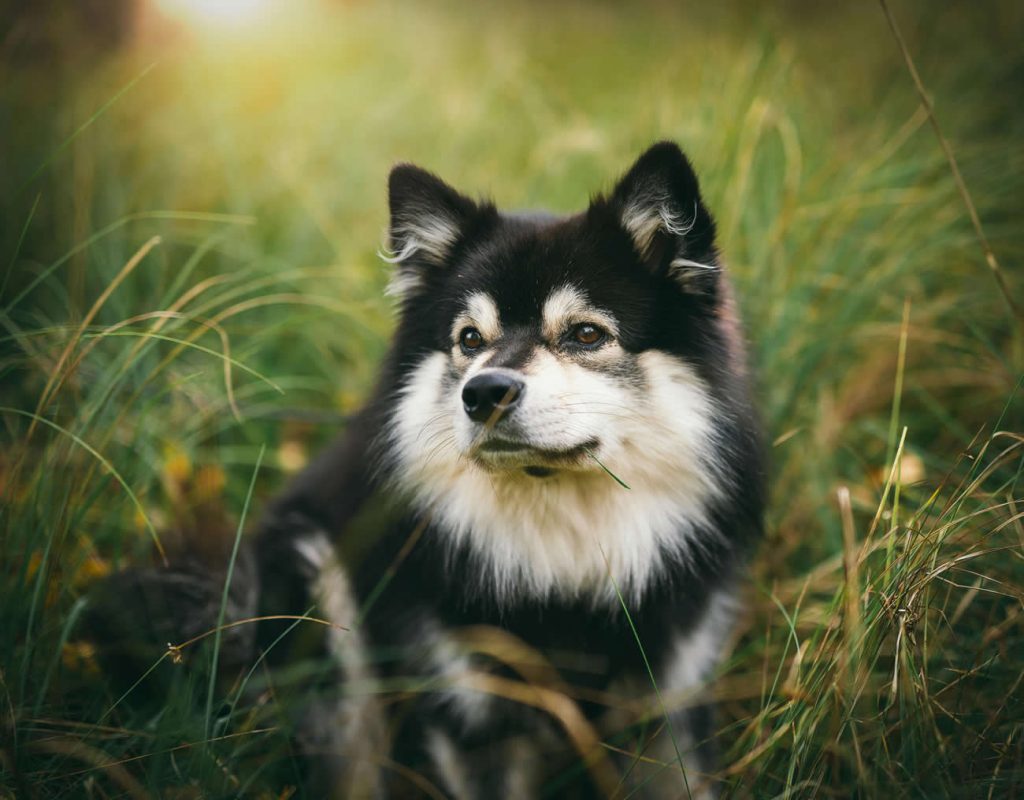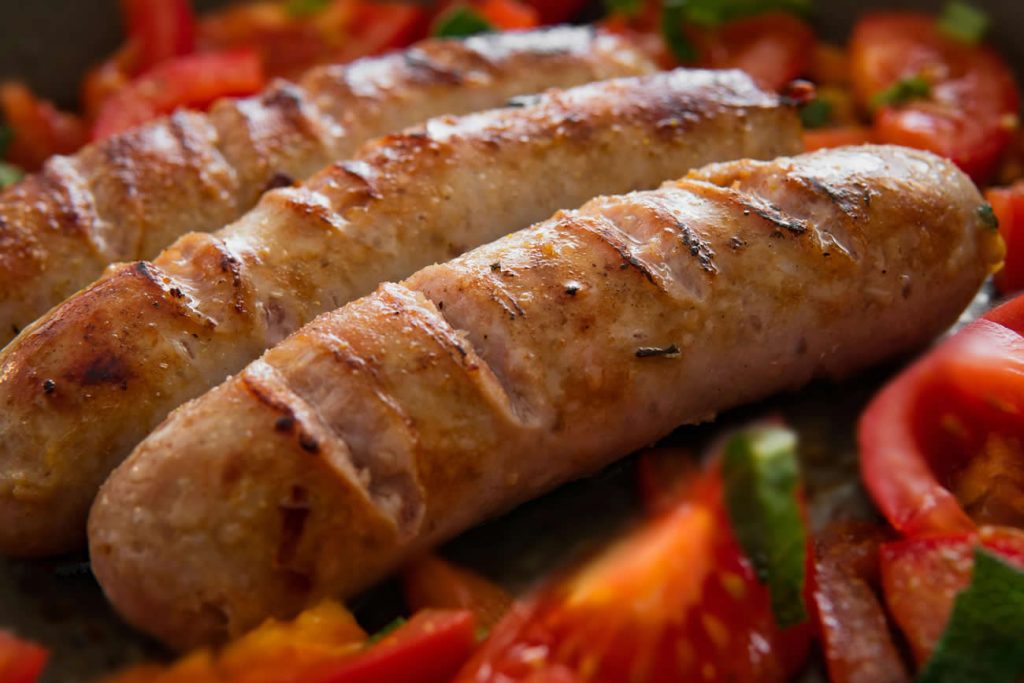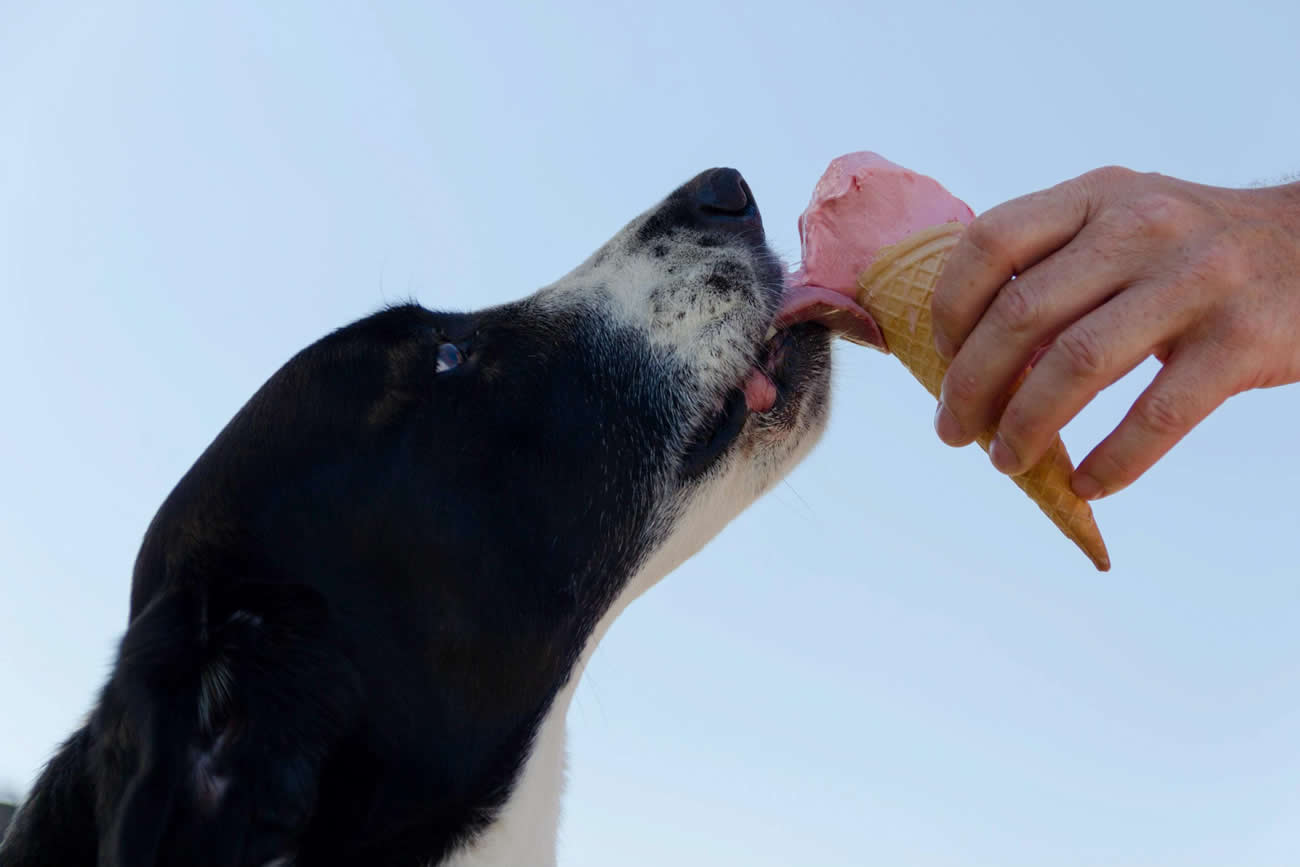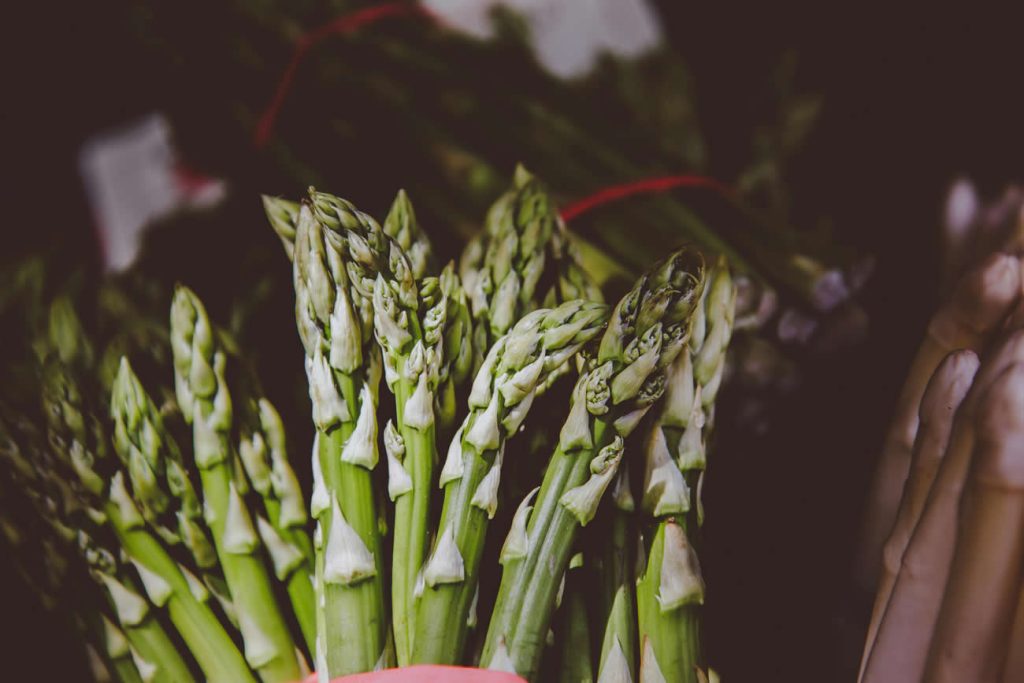When buying dog or puppy food, it’s important to consider what keeps your furry friend healthy and happy. A good diet promotes a shiny coat, bright eyes, and a well-behaved pet. Here’s how to make the best choice for your beloved companion:
What to Look for in Dog Food
The first step is to read the labels on the food you’re considering carefully. Look for the following:
Grain-Free Options
Grain is often used as a filler in dog food. If the label lists any type of grain, the food isn’t grain-free. Opt for grain-free alternatives.
Organic Ingredients
Organic dog foods are free from pesticides, herbicides, and genetically modified organisms (GMOs). These are a better choice for your pet’s long-term health.
Avoid Harmful Ingredients
Some common ingredients in lower-quality dog foods, such as corn, soy, wheat, and by-products, offer no nutritional value and can cause stomach issues. Always check for these and steer clear.
The Importance of Ingredient Labels
Understanding the ingredient list is crucial in deciding if a particular food meets your dog’s needs.
Main Ingredients
The first ingredient listed is the most abundant. Look for real meat or meat meal (e.g., chicken meal, lamb meal) as the primary ingredient. Avoid by-products, as these are considered “unfit for human consumption.”
Fat Content
Check the fat percentage. Ideally, it shouldn’t exceed 10% on an “as-fed” basis. Foods with excessive fat should be supplemented with healthier fats like olive oil or salmon oil.
First Five Ingredients
The first 5–6 listed ingredients are the main components of the food. High-quality foods often list real meat and meat meal as the top two or three ingredients, followed by minimal fillers or grains.
Red Flags in Dog Food Labels
To better understand what to avoid, consider the following examples:
ALPO Prime Cuts Dog Food
This food includes:
- Ground yellow corn (not ideal as it’s a filler)
- Beef and bone meal (a by-product with high but undigestible protein content)
- Soybean meal (another by-product with limited nutritional value)
- Chicken by-product digestion (a poor-quality ingredient)
Why This Matters:
These lower-quality ingredients offer little nutritional benefit and can upset your dog’s stomach. Ground yellow corn, for instance, might provide protein, carbs, and fibre, but it should not be the primary ingredient.
A Better Example: Innova EVO Small Bites
This food contains:
- Turkey and Turkey Meal (high-quality protein sources)
- Chicken and Chicken Meal (less desirable than turkey but still acceptable)
- Herring Meal (provides protein and balance)
- Potatoes (a small source of carbohydrates and fibre)
Why This Matters:
Here, the difference is clear. Innova EVO uses high-quality meats as its primary ingredients, resulting in a more balanced and nutritious diet for your dog. Although potatoes and grains like oatmeal or barley are included later, they are kept minimal and don’t compromise the overall quality.
Final Thoughts
Choosing the best food for your dog requires careful attention to ingredient labels. Opt for options where real meat tops the list, avoid unnecessary fillers or by-products, and aim for foods that provide balanced nutrition without excess fat.
By being mindful of these elements, you can ensure your furry friend stays healthy, happy, and thriving.


